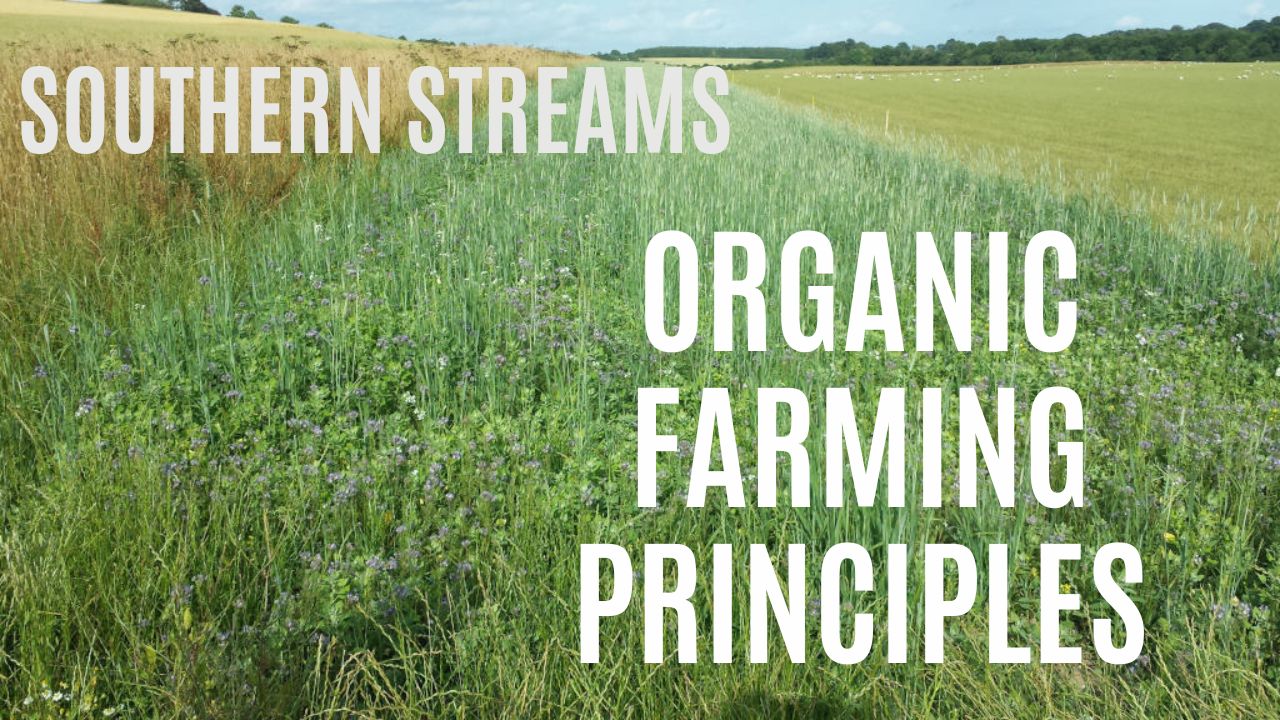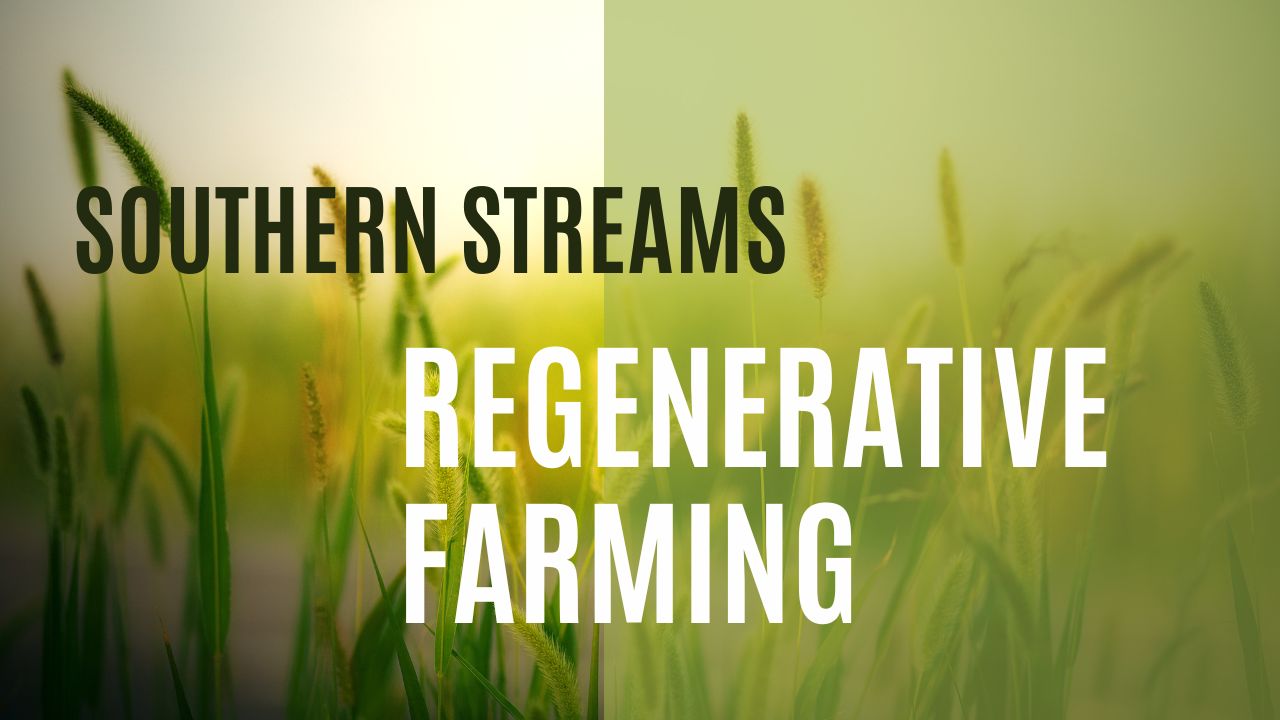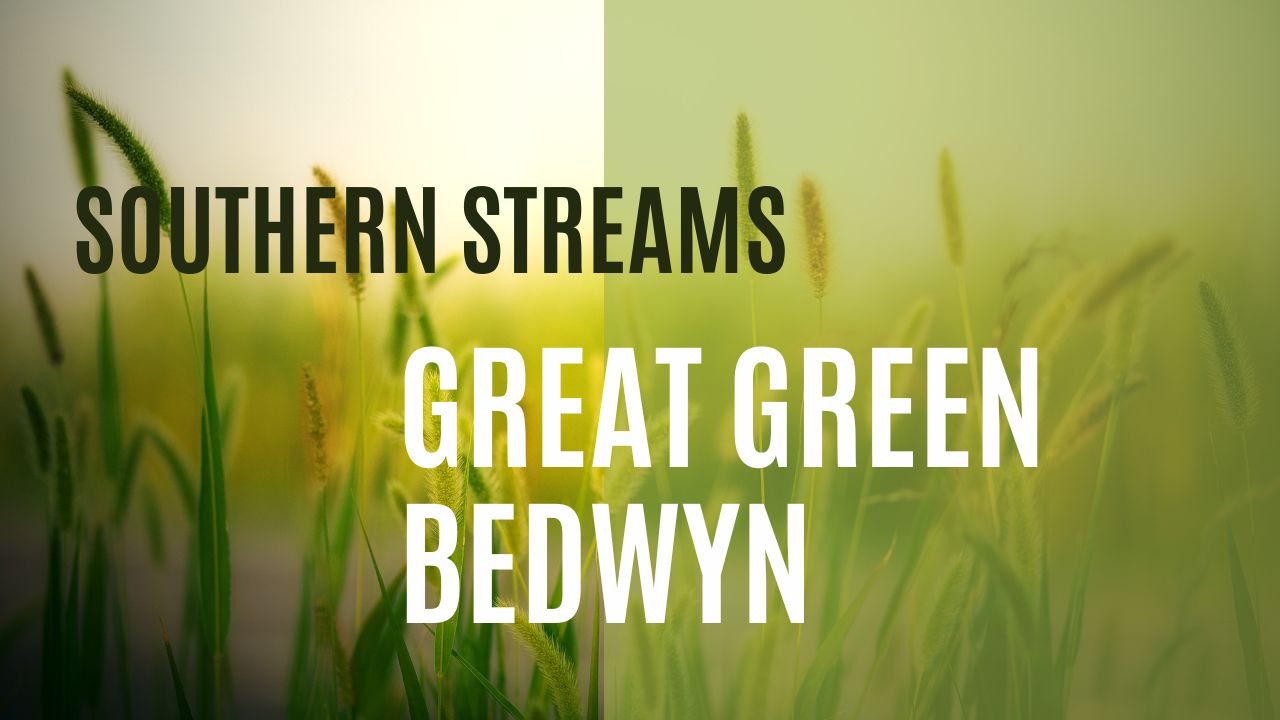Member Article
Organic Farming Principles

Doves Farm was purchased in 1958 and has been farmed by the Marriage family since then. The acreage is approximately 140 hectares or 350 acres. The soil is variable, from Pewsey greensand to chalk escarpment, most falling into grade 2 agricultural land. All land is ploughable.
Following organic farming practices, we plan a system of crop rotations which naturally develop the soil’s fertility, control pests and diseases and allow us to grow our speciality crops such as English Wheat, Spelt, and Rye which we mill into our much-loved flours.
The farm first started producing organic crops in 1978, after 2 years conversion. The farm was fully converted to organic farming in stages over the following years.
The current rotation is 5-6 years:
- 2.3 years grass/white clover which is utilised by the sheep.
- 2.3 years cereals various wheats, Spelt, einkorn & Rye, some undersown with trefoil or the grass/clover re-seed.
The organic cereals yield on average 4.5 tonnes per hectare.

The grass forage is utilised by a flock of 300 ewes with the fat lambs being sold to organic butchers. All suitable grain is utilised at The Doves Farm mill. The farm is run with one permanent staff member with assistance from occasional local help.
Organic farming is a rigorously controlled system. Every part of the farming and production chain is measured, inspected and documented. It means the organic grains and sheep from the farm have been produced with higher levels of environmental welfare, lower levels of pesticides and no genetically modified ingredients (GM) or artificial fertilisers.
There are around 400 pesticides that can be used in non-organic farming and are often present in non-organic food. Organic grain is grown using fewer pesticides - organic farmers are able to use only 20 pesticides, derived from natural ingredients and are only permitted under very restricted circumstances. Organic farming is a system that works to reduce the pollution of our soil and our environment. Organic farmers rely on building soil fertility to produce their crops, so they use crop rotations to help break cycles of pests and disease and increase soil fertility instead of using numerous pesticides and artificial fertilisers, which can pollute our soil and water systems.
What’s more, with fewer agro-chemicals being used to grow wheat, organic farms are havens for wildlife and provide homes for bees, birds and butterflies.
We are also part of the Countryside Stewardship Scheme which works to conserve and restore wildlife habitats and preserve the history and character of our beautiful countryside.
The fields at Doves Farm have a permanent grass margins or beetle banks which provide homes for birds, bats and of course, beetles. These creatures then feed on insects which could damage our crops, allowing us to manage pests in a natural and environmentally friendly way. Over the winter months, crop stubble is left to supply feed and shelter to birds over the winter.
Doves Farm has a number of environmentally beneficial practices & areas, these include wild bird seed areas, nectar rich strips, we have many Skylarks & Lapwings. Beetle banks, grass margins, low seed rates for cereals and overwintered stubble are other strategies we use to encourage wildlife.
A large pond was dug as a wetland refuge. There are many old Oak trees on the farm and thousands of new trees have been planted in the last few years.
Spelt, or Triticum Spelta is an ancient variety of wheat which we have been growing on our farm since 1996. Spelt is an ancient type of wheat. It was grown commonly during Roman times, but fell out of popularity due to its low yields and the fact that the grain is encased in a tough hull which has to be removed before it can be eaten or milled into flour. It has always remained as a crop in the less fertile areas of Germany and is now undergoing quite a revival in popularity in the UK as a gourmet grain. The Roman Army called spelt their ‘Marching Grain’.

The seed is planted in the Autumn and harvested the following August. Yield is a little less than common wheat. During cultivation, the spelt plant has a strong resemblance to wheat; it grows vigorously and quite tall and takes on a burnished gold colour when ripening. The crop produces long and robust straw which is useful for thatching.
To make Wholegrain Spelt flour, the in-edible outer husk is removed, releasing the grain within, but loosing about 35% of the weight, hence its higher price. The grain, which resembles a long wheat grain, is stoneground into a speckled flour which is rich in nutrients and natural goodness.
Einkorn or triticum monococcum, is the original wheat, the grand-daddy; developed by farmers in the Fertile Crescent, around the Middle East over 10,000 years ago. It spread and became a staple of the diet across the Mediterranean and Europe, arriving in the British Isles about 5000 years ago. It has an ability to survive on poor soils where other species of wheat fail. In 2008 Doves Farm began a collaborative project to establish the production of Einkorn products in the UK. Using a small amount of Einkorn seed provided by a European Agricultural Research Institute the grain has been multiplied up in successive growing seasons on our farm.
Einkorn is planted in the Autumn at a low seed rate as it tillers vigorously. It grows on tall stalks which are distinguished by their short, flat, two row seed head which enclose the small grains in an inedible husk. The yield is only about 1t per acre. After harvest, we remove the husk and Doves Farm mill grinds the whole grain into fine flour on the millstones.

The Doves Farm Sheep flock is made up of 250 Lleyn ewes that graze the clover grass leys that put fertility back in the soil for the arable crops. The flock is run as a closed flock, meaning no females have been bought from other flocks for the last three years. This has helped biosecurity and reduced disease in the flock. Hampshire Down and Lleyn rams are introduced to the ewes at the end of November to give a lambing period at the end of April. All ewes are scanned at 80 days to determine how many lambs each is carrying. The flock is then divided into those carrying singles, twins and triplets. The single baring ewes are put onto lower quality grazing and the twins and triplets get the higher quality grazing as their nutrient requirements are greater. The ewes, lamb outside with as little intervention as possible. The finished fat lambs are sold from 12 to 50 weeks of age.


